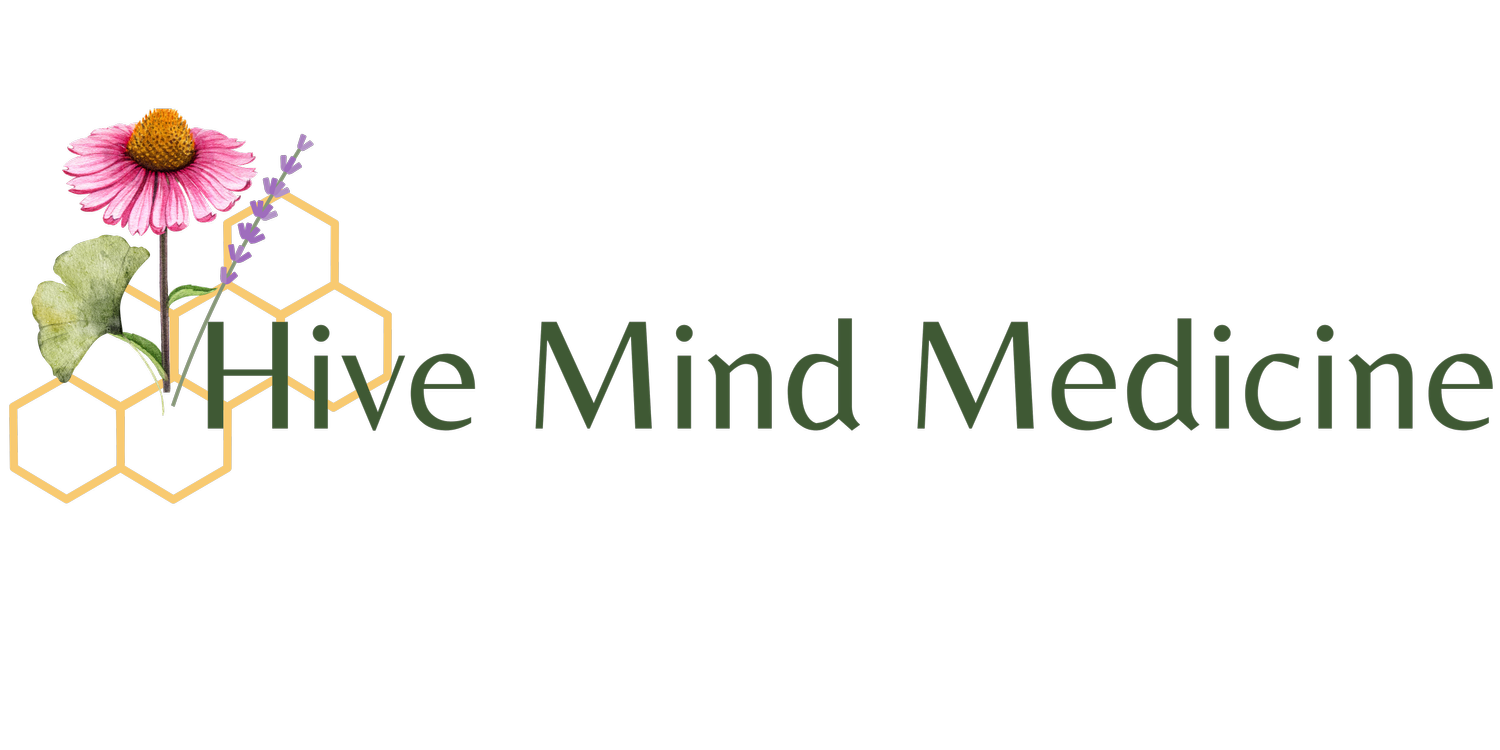The Phases of Digestion and Elimination
Steven Sandberg-Lewis, ND, DHANP
Have you ever noticed that smelling your favorite food, or even just thinking about it, can make you salivate? Even before starting to eat, simply thinking about or smelling food can trigger salivation. When hungry, reading a menu or smelling food cooking triggers the onset of stomach acid and the enzyme pepsin is secreted. This is the cephalic, meaning “head”, phase of digestion. Research shows that if you eat your meals consistently at the same time each day, insulin will be secreted minutes prior to meals in anticipation of the carbohydrates that will soon enter the GI tract.
When food is chewed it mixes with saliva which contains salivary amylase. The breakdown of starches (complex carbohydrates) into sugars starts here. When swallowed, the bolus, meaning “ball” of food, takes up to ten seconds to reach the stomach. There it will stay for 4 to 5 hours while the stomach muscles mix the food, and stomach acid transforms the inactive precursor called pepsinogen into pepsin, a powerful protein digestive enzyme.
Pepsin digests the long chains of amino acids that make up proteins, into shorter segments. Because it is occurring in the stomach, this is called the gastric phase of digestion. Acid also converts minerals such as iron into forms that are easily absorbed. Acid and intrinsic factor work together to aid the processing of vitamin B12. The absorption of protein, B12, and minerals into the blood will occur once the liquified food, now called chyme, leaves the stomach and enters the small intestine, triggering the intestinal phase.
Pancreatic digestive enzymes and bile that has been stored in the gallbladder are triggered by the chyme entering the first portion of the small intestine. The bile allows dietary fat to mix with the water-based fluids the way soap allows dirt and oil to mix with water. The fat is reduced in size to tiny droplets, giving them more surface area for pancreatic lipase to digest it. The fat is then absorbed into the blood. Medium chain triglycerides, a type of fat found in coconut oil, evade this process, requiring no bile or pancreatic enzymes for processing.
Pancreatic proteases continue the process of reducing protein into shorter chains of amino acids which are not quite ready for absorption. Pancreatic amylase breaks carbohydrate into shorter chains of sugars called disaccharides. All of this culminates in the final process which occurs on the fuzzy finger-like surface of the small intestines called the “brush border”. Because of the nubby texture, this mucus membrane of the small bowel has the surface area of a tennis court, which gives it lots of room to absorb all the digested nutrients. Brush border enzymes produced here make the final changes in sugars and proteins so they can enter the bloodstream and provide nutrition for the whole body.
While passing through the small and large intestines over the next 16 to 36 hours, water will be absorbed along with electrolytes. During this day-long or longer process, chyme turns into stool and becomes firmer. Solid stool will collect in the latter parts of the colon and rectum to get ready for the process of elimination when reflexes are triggered. Healthy stool is a combination of dead and living bacteria, chemicals made by these microorganisms, sloughed off surface cells from the digestive tract and indigestible fiber.
It's a long, complex trip that provides all the nutrition available from solid food and liquids while depositing the remaining bits in diapers, toilets or outhouses. When it all works correctly, it supports life and health.
Steven Sandberg-Lewis, ND, DHANP, has been in clinical practice for 44 years, with a focus on functional gastroenterology. He has been a professor since 1985, teaching a variety of courses but primarily focusing on gastroenterology and GI physical medicine. In 2019, Dr. Sandberg-Lewis co-founded Hive Mind Medicine, continuing his specialization in gastroenterology with a focus on reflux, SIBO, inflammatory bowel disease and functional GI disorders. He is currently working on his latest book, Let's Be Real About Reflux: Getting to the Heart of Heartburn, written to help non-medical and medical professionals alike develop a better understanding of diseases affecting the gastrointestinal tract.
Hive Mind Medicine blog posts are for educational purposes only and are not intended as medical advice. Please consult with your health care practitioner for personalized guidance.

